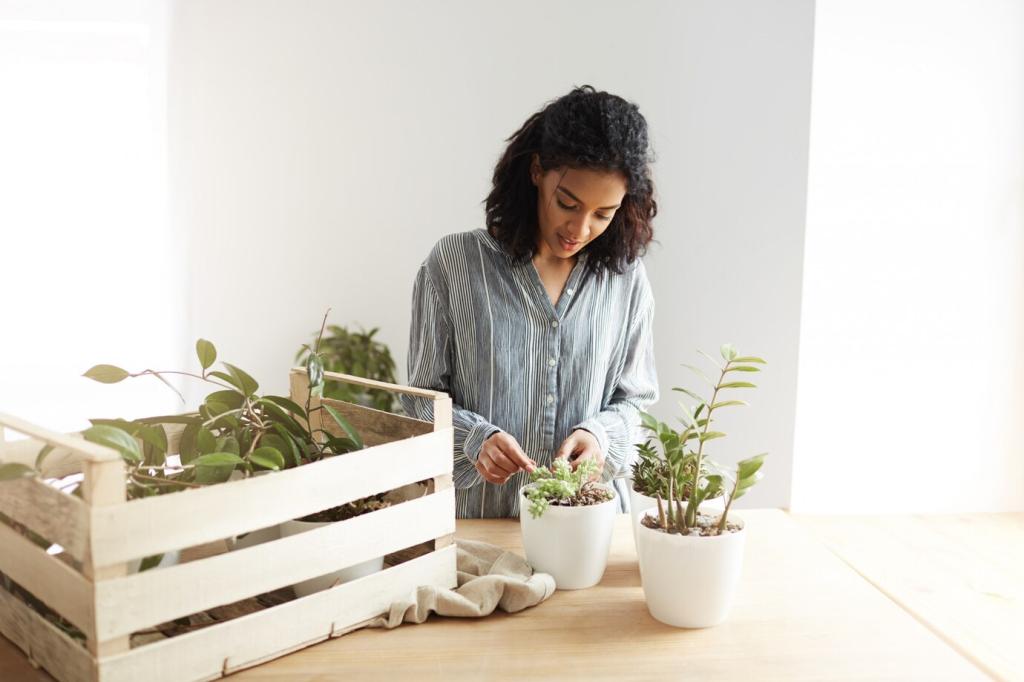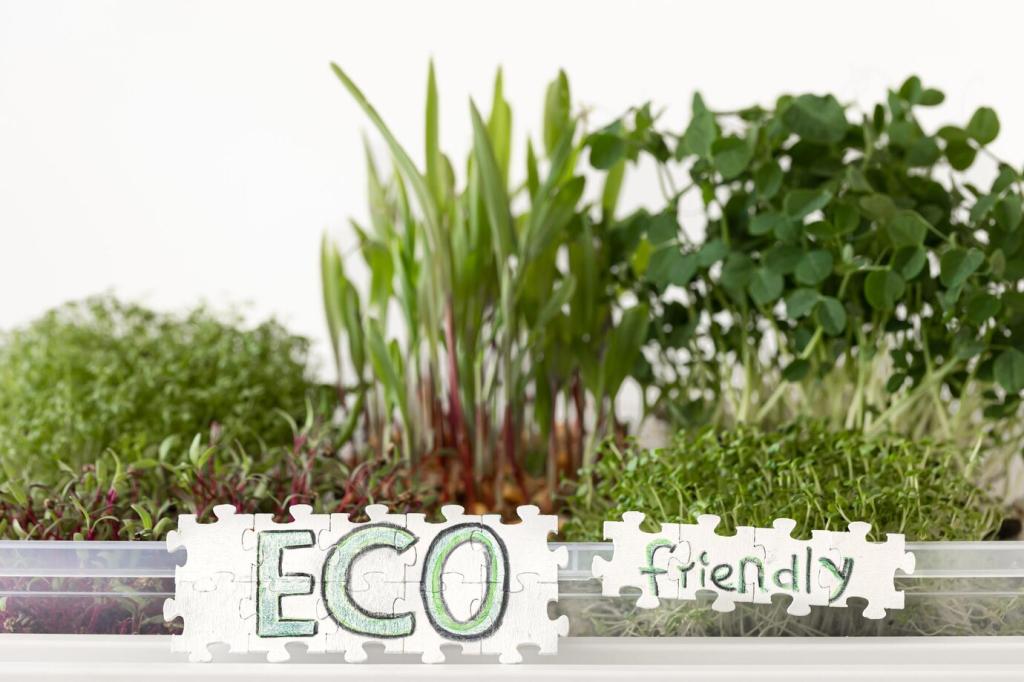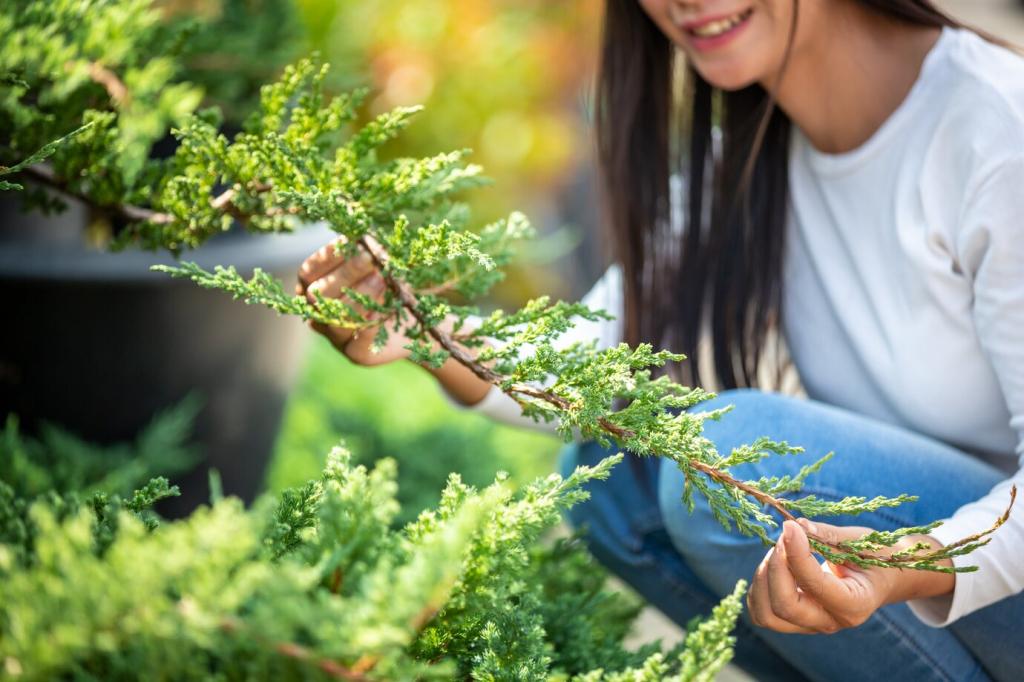Pollinators and Pest Balance
Interplant basil, dill, alyssum, and calendula to attract hoverflies, bees, and lacewings. Their presence boosts fruit set and keeps aphids in check. Stagger bloom times for a steady buffet. Tell us which flowers your tomatoes love most.
Pollinators and Pest Balance
Fennel, yarrow, and native grasses host beneficial larvae that later patrol your garden. Diverse plantings create resilience against outbreaks. Add a shallow water dish with stones for safe sipping. Comment with your go‑to beneficial ‘hotel’ plants.



